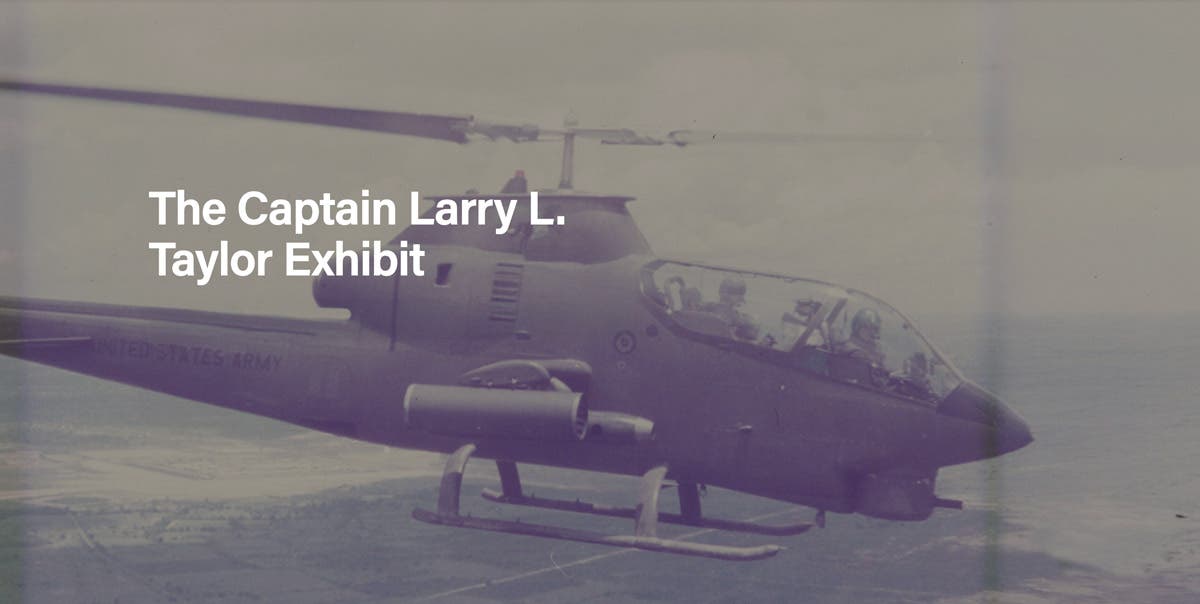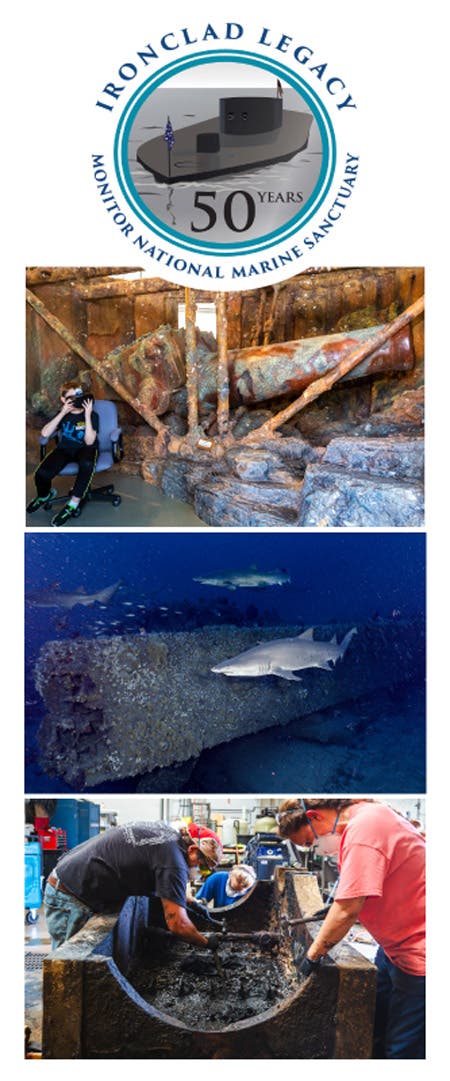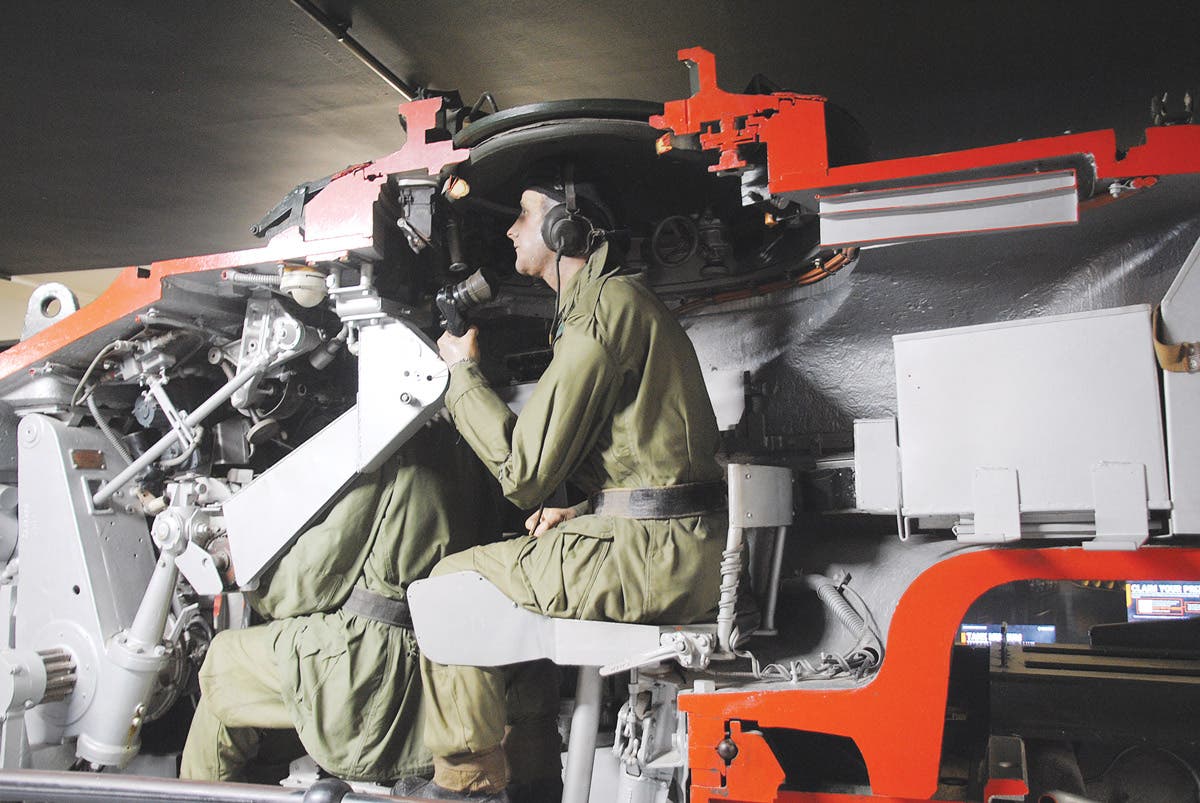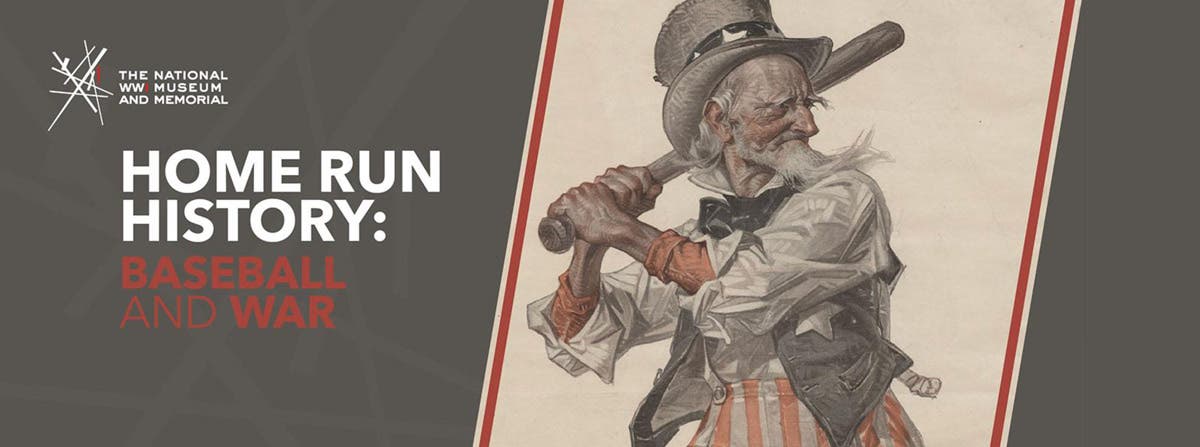Special access at a museum delights the historian in all of us
A personal appointment at a museum can be great hands-on experience.
Most amateur military historians spend more time online or in books than we spend actually handling vintage firearms. Most of us can’t own more than a few historic firearms, and the ones we own may not be in the best condition.
Some of the finest weapons are not in private collections, but in museums. Perhaps that is for the best. All of us have seen a pistol that someone’s grandpa brought back from Ypres in 1918, or a bayonet that came back from Okinawa in a duffle bag, only to find that it has suffered badly from storage in a damp garage. From time to time, we may get to look at a beautiful gun at a gun show, but our examination will probably be cursory, and it’s unlikely that we will be allowed to disassemble a Civil War Colt revolver at a gun show. There’s seldom space or time for such an examination, and the dealer may be uncomfortable with the risk of damage to such a piece when examined by someone he doesn’t know. So, there is often a divide that exists between amateur historians and the finest items.
But is it possible to have extended visits with fine historic weapons, to handle them at length, and to even disassemble them? Yes, it is. Not long ago my wife and I had the opportunity to visit a museum that holds more than 120 historic firearms in its collection. Although the guns are not the museum’s primary focus, it received them as a transfer from another museum that was closing. I stumbled over a reference to the first museum’s demise, and followed up with a call to the museum that received the collection. When I explained my interest, they were quick to invite me to examine their collection. They seldom display any firearms in their museum, due to space and exhibit constraints. When I first contacted them, they had just one item — a musket — on display.
From their list I selected 10 items and I made an appointment for several weeks out. The storage building, some 14,000 square feet, is also where they receive new items and do maintenance on the collection. When we arrived, we were shown to a large table, some 6 ft. x 15 ft. Nine of the items that I had listed had already been pulled from storage and were on carts near the table. Due to its weight and size, a Maxim machine gun would be examined where it was stored. The museum selected an 11th item, an engraved 1777 Revolutionary War powder horn, for me to look at, of which they were justifiably very proud.
The rules for our visit were simple and expected. We could work the actions, or even carefully disassemble them, if we wished.
We began with the beautiful colonial era powder horn. The engraved text reads:
Samuel Phelps His Powder Horn
Made in ye 1777
“Lets arm ourselves with Fortitude of Mind
Nor Flee Before those Murderers of Mankind
It is enhanced by multiple engravings of ships, fish, a heart, and scrollwork. Samuel Phelps may have been born in Dunstable, Mass. in 1756. Phelps was a member of the Continental Army, and in June or July, 1776, he was part of reinforcements sent to Mount Independence, on Lake Champlain. He appears to have served in the Continental Army until May, 1777. He had between 10 and 12 children, and died Jan. 7, 1839. It was a thrill to be handling this fine piece of our history.
The second piece we examined was an 1865 Spencer saddle ring carbine. Spencer obtained military contracts for almost 65,000 lever-action, falling breach carbines, mostly chambered in .56-.56 Spencer for use in the Civil War. Beginning in the fall of 1864, as production for government contracts tapered off, Spencer turned to manufacturing sporting rifles like this one for the civilian market. These “sporting carbines” fired rim-fire .44 Spencer cartridges. Brass cartridges were fed from a 7 round tube magazine in the stock. Spencer claimed a sustainable rate-of-fire of 20 rounds per minute. This offered a big advantage when compared to 3 rounds per minute for a typical Civil War era musket. Available in 26”, 28”, and 30” barrels, and with either a round or octagonal barrel, Spencer advertised that this rifle was accurate for deer hunting out to an unbelievable 460 yards.
The Spencer we examined, which had an American walnut stock, originally sold for $45. This was a very effective quick-loading weapon for the Civil War, in which average shooting distances were under 75 yards. Despite Spencer’s claims, sales fell off because this rifle could not handle longer cartridges and the longer shooting distances required for Indian battles and hunting out west.
This museum specimen, with serial number 112XX, is in overall NRA “good” to “very good” condition. Little original finish remains, but the stock has not been abused. All parts are present, and the action operated smoothly.
The third item I examined was a German Maxim Machine gun model 08/15, which saw substantial use during WWI. It is marked MG08 /15 Man Nurnberg 1917. Firing a 7.92mm cartridge, this one has all matching serial numbers. It almost certainly was a souvenir brought home by some veteran.
During the war they were almost exclusively fired using a bipod, which this one has. Ammunition was fed from a 100 round belt carried in a drum, or from a 250 round fabric belt. Around 4,000 of this water-cooled model were made. It was considered a rather clumsy attempt to produce a more portable version of the Maxim 08. At 40 lbs. it was only marginally more portable than the 08 model.
It was not as reliable as either the mass produced British Lewis machine gun or the French Chauchat. Their biggest problem is that they were prone to jamming, particularly when fabric ammo belts became wet. Some 130,000 were manufactured for use in WWI, and they were often mounted on aircraft. One reference book published in 1983 opines that “It is unlikely that it will be found in service in any country at present.” This is known to be incorrect. Recent news reports show that the Maxim 08/15 is in active use in Ukraine, and that a “quad 08/15” has been developed to aid in shooting down Russian drones.
The designation “08/15,” which is ”null acht funfzehn” in German, lives on as a phrase in modern colloquial German. Because this gun had a tendency to jam, the name of the machine gun became a slang term for things that go wrong, and for things that are totally ordinary and lacking originality. I quizzed a friend from Germany, and she was very familiar with the phrase, although not with where it came from.
Access Museums to Further Your Interests
Every city, county, and state has an assortment of museums, and if you are interested in handling old weapons, they can be a great resource, as well as a lot of fun.
Here are some simple rules to keep stress low, and to increase your chance for success.
— Larger museums may offer a partial list of their collection online. Start by searching their database. Regardless of your results, follow up with an email or a phone call. Keep in mind that many museums have only a small portion of their collection on display, and sometimes only a small portion in their online database. One large museum told me that they have 13,700 items in their online database and another 48,000 items that are being slowly added.
— Larger institutions will probably have a defined procedure to handle your query and your visit. Smaller institutions may not know what to do with your request, but don’t be afraid to try again later. As a test, I reached out to three large museums and three smaller city and county museums. Two of the large museums and all three smaller museums invited me to look at their collections.
— You may think that your local museum doesn’t have any military collectibles at all, but you won’t know until you ask. Remember, small museums probably have limited hours, and the few employees they have are probably volunteers.
— Don’t bring half a dozen friends with you. The museum may not have space, noise may be an issue, and the chances of a mishap increase.
— To keep the door open for future research by you and by others, follow their rules. This will likely mean no food, no drinks, wearing gloves and taking notes in pencil.
— Above all, in your dealings with museums, be patient, and be polite. You don’t have the right to demand access to their collection, and they may not be able to schedule your visit for a few weeks, or longer. Whatever they arrange for you, express your gratitude.
Best of luck in your research.








